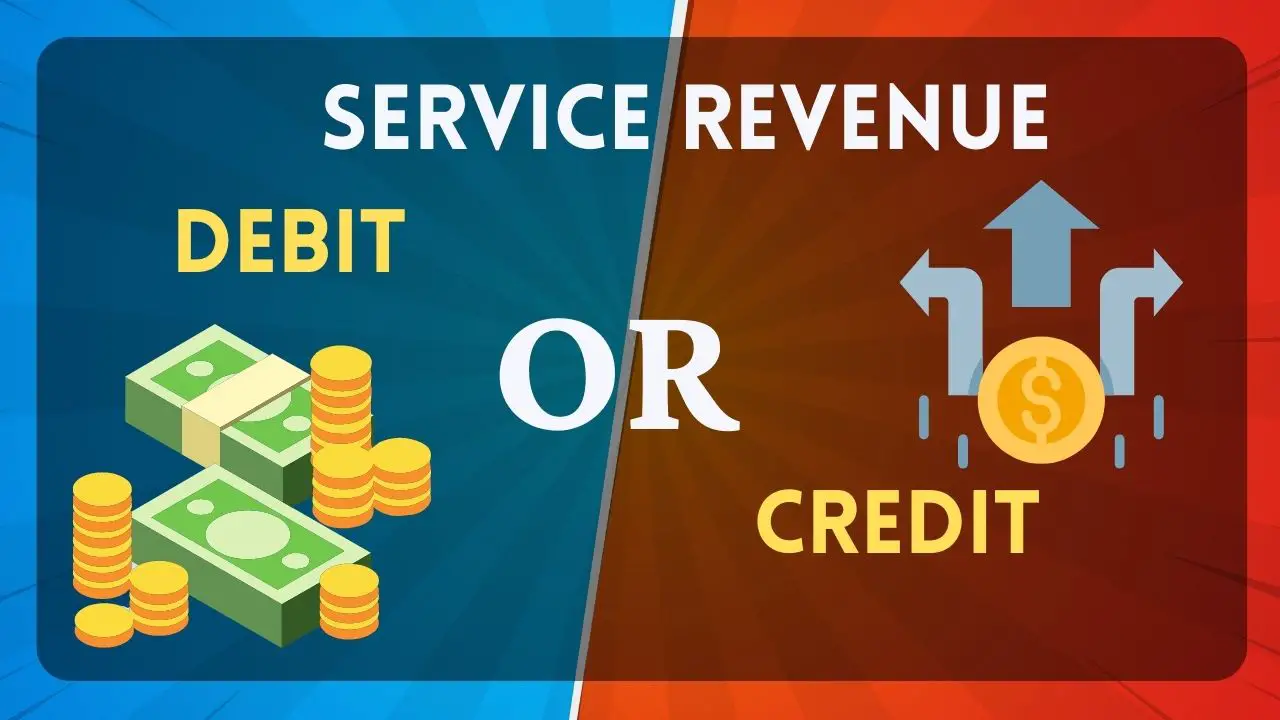
If a company pays off a loan, the Loan account will be debited, and the Cash account will be credited. The balance sheet formula, or accounting equation, determines whether you use a debit or credit for a particular account. The balance sheet is one of the three basic financial statements that every owner analyses to make financial decisions. Business owners also review the income statement and the statement of cash flow.
Debits and Credits in Common Accounting Transactions

You would also enter a debit into your equipment account because you’re adding a new projector as an asset. A record in the general ledger that is used tax extension form 4868 efile it free by april 18 2022 now to collect and store similar information. For example, a company will have a Cash account in which every transaction involving cash is recorded.
- The highlighted green on assets and expenses shows an increase in assets and expenses.
- By understanding how debits and credits work, you can ensure that your financial records are accurate and up-to-date.
- Liability and revenue accounts are increased with a credit entry, with some exceptions.
- Check out a quick recap of the key points regarding debits vs. credits in accounting.
- It is a crucial principle in double-entry bookkeeping, ensuring that all transactions maintain the balance of the accounting equation.
- If a company pays off a loan, the Loan account will be debited, and the Cash account will be credited.
( . Liability accounts:
In accounting, credits, and debits are fundamental principles of the double-entry bookkeeping system. Yes, a single transaction can involve both a debit and a credit entry. In the double-entry bookkeeping system, every transaction must have at least one debit and one credit to ensure the accounting equation remains balanced. For example, when a company sells goods on credit, it debits Accounts Receivable (an asset account) and credits Sales Revenue (a revenue account).
Debits and Credits Cheat Sheet: A Handy Beginner’s Guide
After you have identified the two or more accounts involved in a business transaction, you must debit at least one account and credit at least one account. For example, when a company borrows $1,000 from a bank, the transaction will affect the company’s Cash account and the company’s Notes Payable account. When the company repays the bank loan, the Cash account and the Notes Payable account are also involved. By implementing these tips and consistently practicing good accounting habits, you’ll be well on your way to mastering the art of managing debit and credit entries.
Credits are rarely used for expenses, but they might be useful in exceptional circumstances, such as reversing an incorrectly recorded expense. On January 31st company XYZ issues a sales invoice for $3,000 worth of consulting services provided on account. On January 15th, company XYZ purchases equipment on account for $12,000. If they don’t, double-check your recording to see where you might have made any accounting errors. First, your cash account would go up by $1,000, because you now have $1,000 more from mom. Let’s say your mom invests $1,000 of her own cash into your company.
Normal balances of accounts
Pass our 40-question exam to demonstrate that you have mastered debits and credits, double-entry, and the accrual method of accounting. As you use the AccountingCoach materials to prepare for the exam, you will gain a deeper understanding. This will lead to a new level of confidence and less need to memorize. Our visual tutorial for the topic Debits and Credits contains valuable tips for gaining a more complete understanding of when to debit and/or credit accounts.
To record the increase in your books, credit your Accounts Payable account $15,000. This accounts for the gradual decrease in the value of a non-current asset over time. For example, a business recorded monthly equipment depreciation amounting to $400. Cash is typically the account that includes the most accounting activity.
Your use of credit, including traditional loans and credit cards, impacts your business credit score. Monitor your company’s credit score, and try to develop sufficient cash inflows to operate your business and avoid using credit. In order to properly understand what it means to debit and credit, let’s first get some widespread misconceptions out of the way. In double-entry accounting, every debit (inflow) always has a corresponding credit (outflow). Just like in the above section, we credit your cash account, because money is flowing out of it.
With just a few clicks, the software handles both sides of your transactions. For example, when you record a sale, it automatically debits your cash or accounts receivable and credits your revenue account, so you don’t have to do it manually. A credit is an accounting entry that either increases a liability or equity account, or decreases an asset or expense account. It is positioned to the right in an accounting entry, and is offset by one or more debits.
In the general ledger, debits and credits must always balance. Journal entry is the formal recording of financial transactions in the accounting system. Each journal entry consists of at least one debit and one credit, with the total debits equaling the total credits.

